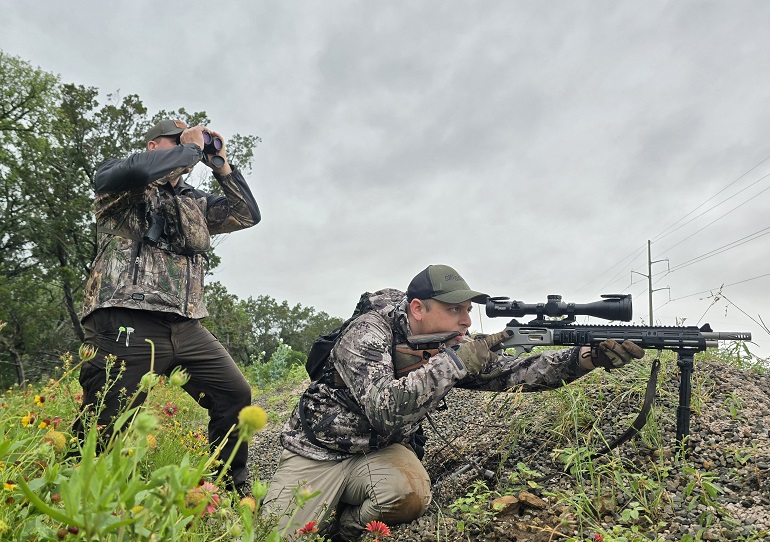
I didn’t really need to take Sheepdog Response Provider Course, their introduction to hunting class. I’ve been hunting a while now. But Tim Kennedy, the founder of Sheepdog Response piqued my interest when he told me to attend just to see the kind of people that were taking the course. He was absolutely right. It was a great course filled with good people that renewed my faith in America.
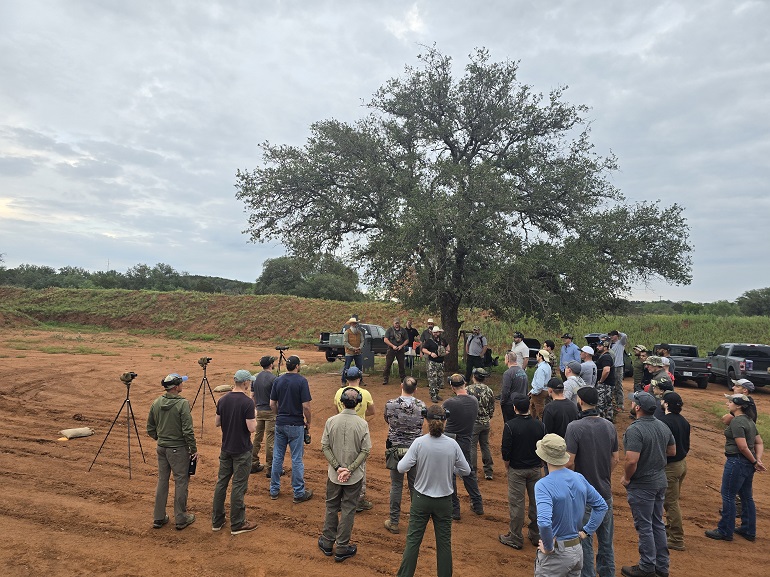
Students met for day one in the afternoon at the Sheepdog Response Headquarters in Georgetown, Texas just north of Austin. This was the meet-the-instructors and classroom portion of the course.
Ryan Hay, a former US Marine and, more importantly, a long-time deer and elk hunter and guide, ran the course. Along with Ryan, there was also a professional taxidermist, a seasoned Texas wild game ranch owner and guide, and several other assistants had years and years of hunting experience.
The instructors went over the basics of hunting law, how not to get lost in the woods, map reading for hunting, hunting aps (like Spartan Forge), wilderness communication, and the uses of common gear. This was a long evening that included lots of individual questions and answers, as well as hands-on time with the instructors’ gear. It was also the time that students could ask about specific game animals they were interested in, as well as the regulations and draw systems of their states. It was also great time to get to know everybody.
When Tim offered to have me audit the course, he told me I’d appreciate the people in the class and why they were there. So I asked some of the students about just that.
Every single one of them told me the same thing…they wanted to be able to take care of themselves and their families. They wanted to know how to hunt an animal, butcher the meat, and provide for themselves and the people that depended on them.
Tim was right. That acceptance of responsibility is the very essence of adulthood, and the willingness to spend time and money to step way outside of their comfort zone to meet that responsibility made me feel good about this county and the good people in it.
Unsurprisingly, most of the students weren’t from the Texas Hill Country. It’s pretty easy to learn to hunt around here. That said, I was surprised at how far away most of the students had traveled to attend the course. A great deal, if not the majority of the attendees, were from the east and west coasts of the US.
Additionally, most of the people in the course not only didn’t have a family member who hunts, but didn’t know anyone at all who had ever hunted. For many of the students, the rifle they had brought with them was the first and only rifle they had ever owned, and this course was the first time they had fired it. One student from New Y0rk City told me that his parents were so shocked when he told them he had bought a rifle that they wanted to see it because they’d never actually held one. When the time came, they wouldn’t allow it in the home. He showed the rifle to them and explained how it worked from the safety of their driveway.
To an old Hill Country redneck who grew up way out in the woods, nothing could be more foreign to me. But New York is not north Hays County, Texas, and 2024 ain’t 1970.
Although there’s tons of digital media available, there’s just not a lot of quality hands-on hunting courses around, and I absolutely applaud these folks for being willing to travel so far to learn from quality instructors. It shows a great deal of respect for the hunt, and for the animal, and if I’m honest, probably more dedication than most people who grew up with it ever had.
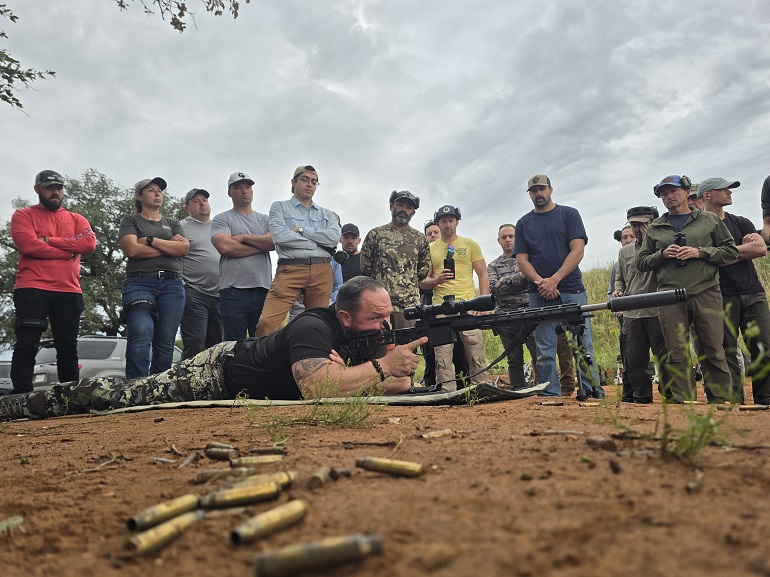
Showing up at Reveille Peak Ranch on Saturday morning, the entire group got down to zeroing their rifles. If I could change one thing about the course, it would be to require some basic rifle fundamental course prior to taking this one, as well as requiring that students show up with their rifles zero’d at 100 yards.
For some students, zeroing was quick and simple, and they were off the line in less than 15 minutes. For others, it took a couple of hours, even with multiple qualified instructors involved. That’s because for some students, basic concepts like a magnified optic or what direction to mount that optic were new.
One student showed up with .300WM ammunition for his .308 rifle. He didn’t know the difference. For those students, the instructors had to start with the absolute basics. Remember, not only had some of these folks never owned a rifle, but some of them had also never known anyone who had owned rifle.
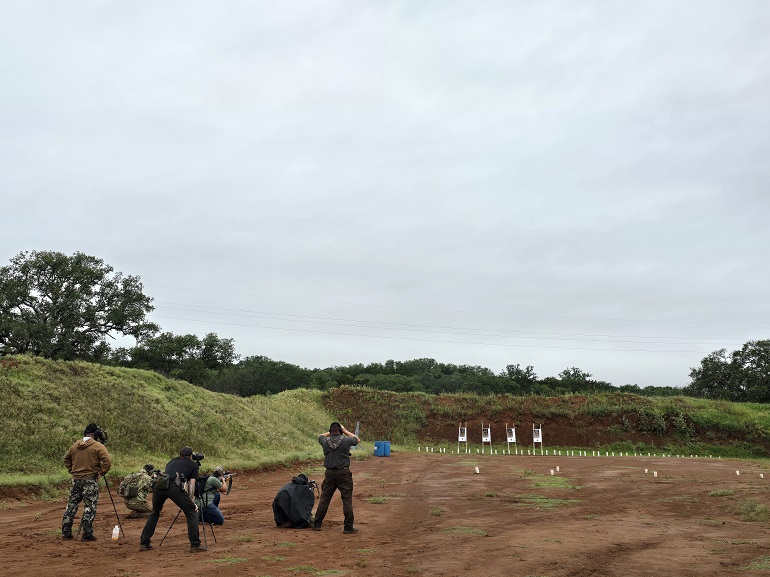
After zeroing, the more important work could begin. Instructors provided targets with representative vitals for game and worked through positions and marksmanship to hit those targets. That was not theoretical. Each student got independent instruction until they had the ability to consistently hit inside an animal’s vitals at 100 yards, some farther.
Students also got to test their marksmanship under stress with a bit of friendly competition. Lined up at about 150 yards from the target, attendees sprinted to the line to see who could get a shot into a deer vitals-shaped target. As usual, the students that slowed down to fire were usually the fastest.

After a break for lunch, students packed up their gear and followed instructors into the woods. There they worked on tracking and trailing. Although Reveille Peak Ranch is usually a home to events like the Spartan or Tough Mudder races, that’s not always what it’s been. The ranch has been a working cattle ranch for decades and portions of it still are. As a coincidence, I’ve known the owner for years and have hunted the property for deer, pigs and dove many times.
The big benefit here is that students could follow actual deer signs and other animal trails. The group I went with spooked a few does on our walk. Instructors who had spent decades trailing deer, elk, and other game across the US showed students where to look and what to look for when searching for America’s game.
The final exercise found the students on a mock hunt. Released one at a time, students found their way with their gear and rifles through one of the ranch’s more densely wooded areas. Following a well-established cattle and deer trail, they eventually had to stalk up to within 100 yards of a deer archery target under the supervision of an instructor. If the stalk was deemed successful, they had to set up to take a mock shot for success.
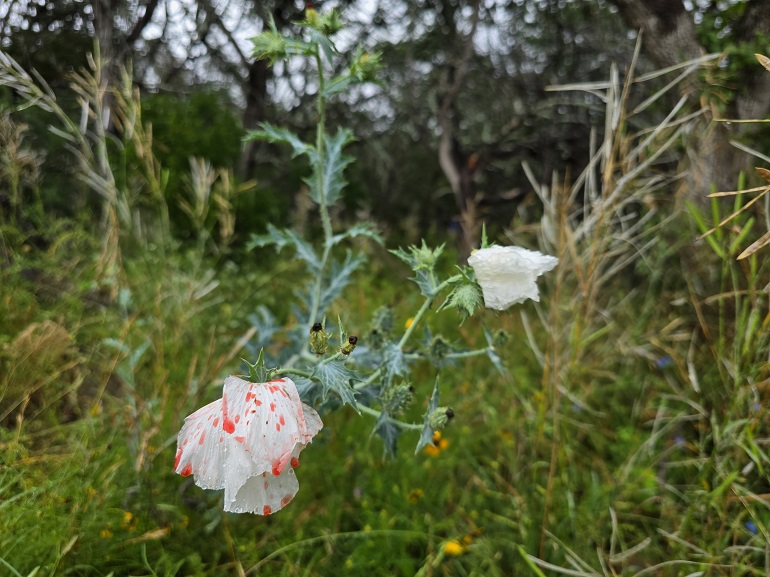
The instructors also set up a blood trail to follow with fake blood dripped and sprayed on the vegetation. It was obvious the instructors had done a bit of blood trailing themselves as they placed the fake blood at levels most likely to be seen on the vegetation, and also in a single direction of travel. Again, students were shown what to look for and given the key takeaways for a successful retrieval.
After Saturday’s successful mock hunt, Sunday morning was about the butchery. If rifle shooting seemed foreign to the attendees, this was an entirely different world for most of them. As no game was actually in season at the time of the class, a goat was purchased locally and the students were walked through, step by step, the process of gutting and butchering the animal for packing out and preparation at home.
As an old goat farmer and deer hunter, I can tell you their choice of “prey” to model processing couldn’t have been better. Nothing was wasted.
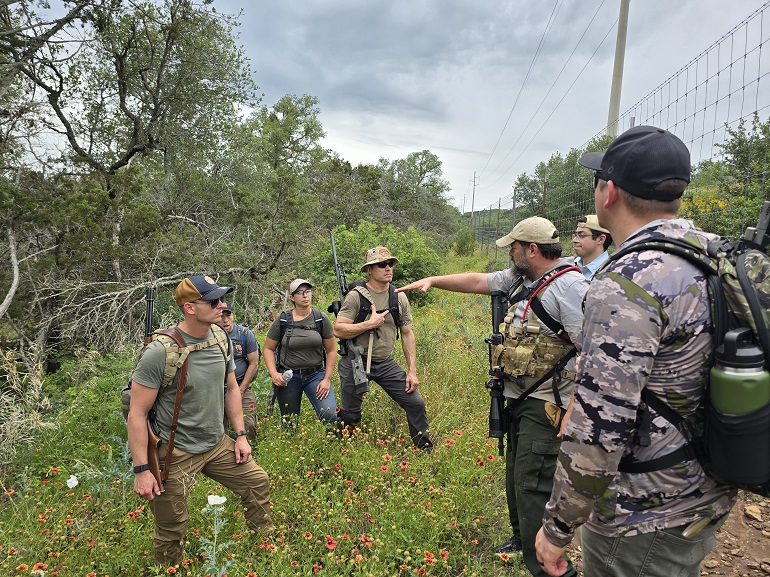
In the end, Tim was right. The Sheepdog Response Provider Course wasn’t just a solid hunting basics course. Sure, it took students from zero to hunt-ready over a weekend. But the real value for me was meeting so many people willing to take self-sufficiently and resilience into their own hands. It’s a mindset and a skillset too rarely seen in these times and it was a pleasure to experience.


JWT: “I’ve been hunting a while now.”
That’s putting it mildly.
It’s great that something like this is offered. Most of us were taught by family members, but for those not fortunate to have that tradition this is a good substitute.
This is a good way to fight the anti-hunter sentiment. I hope his classes are always full.
I have had the pleasure of knowing John for a decade now. He is without a doubt, one of the best hunters on the planet and such a force for good in the two way community. Our mission is pretty straightforward. We want to make new hunters. I truly appreciate the article and time.
That is an interesting training course.
I don’t know about the law in Texas, or other states: my state law requires every hunter to go through hunter safety” training which is at least an entire day and covers almost all of the same subject matter, although hunter safety classes in my area have nowhere near as much of a “hands on” dimension. (Our courses cover the same material although everything is theoretical and via a “classical” textbook and classroom affair.)
Since the most effective learning involves seeing, hearing, and doing, this class must be hands-down superior to the hunter safety courses in my area.
Here is a fun “tool” to keep in your hunting toolkit:
I was hunting in a pretty rural area one year with my father-in-law and my brother-in-law. We all knew the property that we were hunting which we had hunted several times. I shot a deer a few minutes before last light close to the edge of the property that we were hunting. Of course the deer headed straight away into an area of fairly dense small cedar trees and small birch trees. My brother-in-law and I were at least a half-mile into this thick stuff in the dark before we called off the search, only to realize that we had no idea where we were nor what direction was south (our preferred direction to walk out). Even worse, both of us had assumed that the other brought a compass: neither of us brought a compass because we did not expect to venture so far beyond the property in the dark.
What do you do when you are lost in thick forest at night without a compass? I know stars in the sky and can use those to establish north/south. However, it was cloudy. We considered trying to phone the rest of our party to honk car horns and were concerned that we might not hear the horns. Then I used the cloudy skies to our advantage. There was a small town of about 6,000 people directly east of us about 18 miles away. And that town generated a fair amount of “light pollution” which made the clouds above it glow well above and beyond the darkness of the clouds elsewhere. And voila: as soon as I located that town’s glow in the clouds, I knew which way was east. We walked out a short time later.
So, if you are ever lost in the dark without a compass, look for light pollution from a town/city in a known direction to establish north, east, south, and west–and walk your way out to civilization.
Just to let everyone know everything in this article is 100% true except one thing …There is no such thing as a former Marine
It was a true pleasure having you in my class . You Did. First class on the article Thank
And Semper Fi Ryan Hay